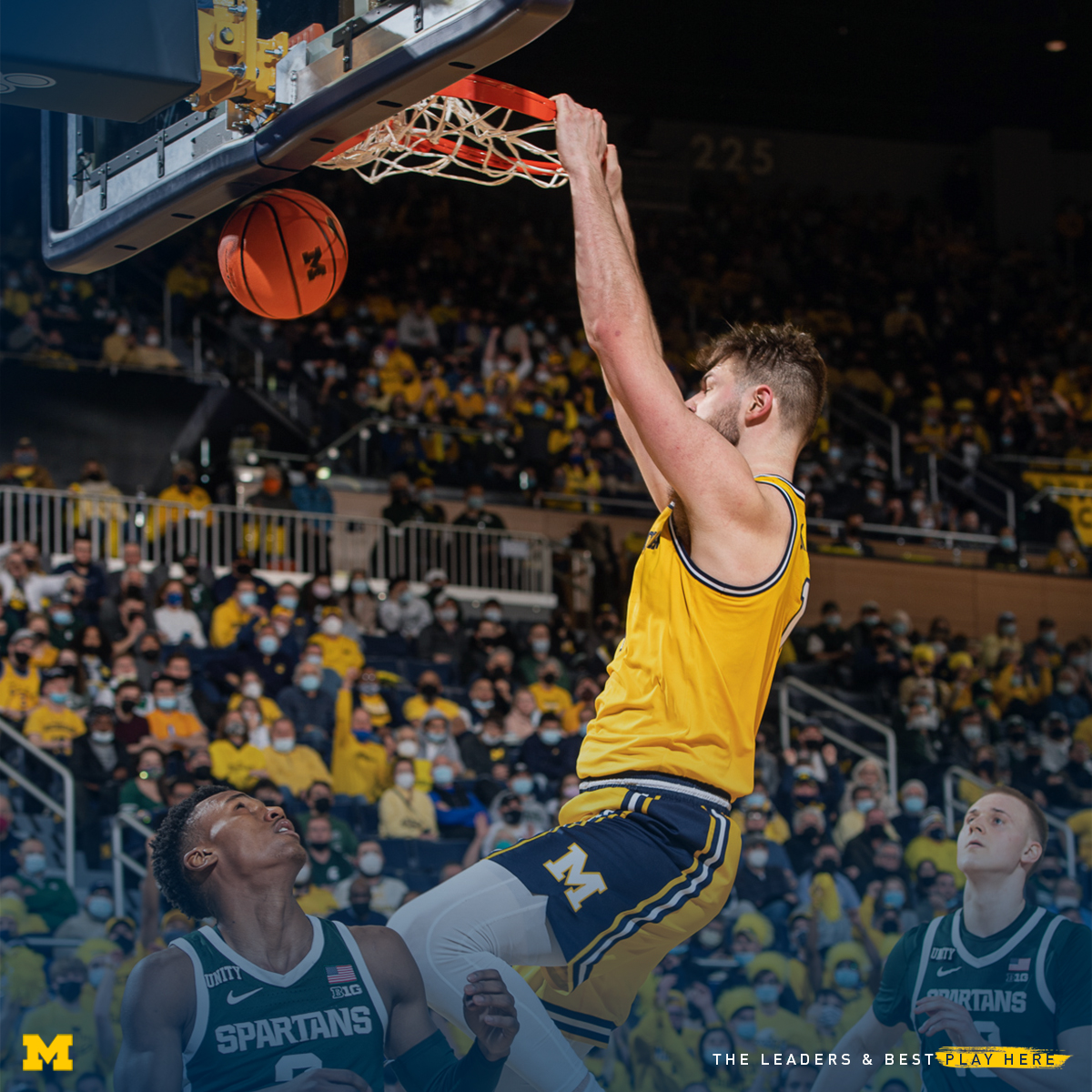
Connor Cagley, Big Sports Radio Basketball Writer
August 29, 2022
Time to discuss the best non-freshmen in the B1G conference. Here we go!
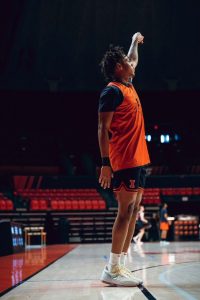
Terrance Shannon, Jr. courtesy of player Twitter page.
Terrance Shannon will likely be the alpha dog for the Fighting Illini. He averaged 10.4 points and 2.6 rebounds on 45.5 field goal percentage last year at Texas Tech University before transferring to Illinois.
At 6’6”, Shannon will be playing on the wing, a position where Illinois has lacked athleticism for many years. In addition to his extreme athleticism, he shoots 38% from the three and has the potential to be a lock-down defender on the other end of the court.
Shannon will likely be the premier transition player in the entire conference in terms of his finishing ability. Because of his skill set, it’s likely he will only be at Illinois for one season before his departure to the NBA.
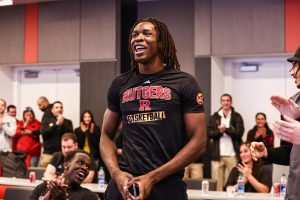
Cliff Omoruyi courtesy player Twitter page
Coming off of a season where he averaged 11.9 points per game and 7.8 rebounds on 62.4% shooting from the field, Cliff Omoruyi arguably has as much NBA potential as anybody in the conference. He’s a true rim-running 5 man, who finishes well above the rim and has the potential to be an elite shot blocker. Last season he was able to show he was comfortable from the mid-range with Geo Baker and Ron Harper Jr. both out at Rutgers. Omoruyi will be the top dog for the Scarlet Knights moving forward.
If Omoruyi takes the next step in his evolution, they will likely outperform expectations. The only question mark around Omoruyi’s game revolves around his overall awareness on the court since he hadn’t played much basketball prior to his arrival in the U.S. at the age of 14. Improvement in this area would help maximize his performance at all levels of the game.
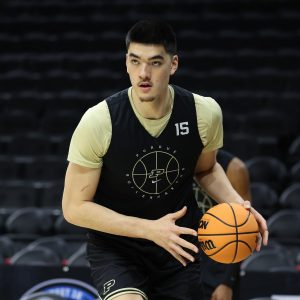
Zach Edey courtesy Sports Illustrated
Last year, this 7’4” Canadian averaged 14.4 points a game on just 19 minutes of play. While that’s impressive, he had the luxury of having Traveon Williams coming in when he needed rest. This season, he’ll have much more of the offensive burden placed on him as there is no one of William’s or Jaden Ivey’s caliber to run the offense through. Edey will need to come into this season in better shape since Purdue will be relying on him for 25-30 minutes of play.
He will need to play smart with his fouls as this year’s Boilermakers will not be able to survive long if he gets into foul trouble. While most big men of his size are able to get played off the floor at the NBA level due to their ability to defend in space, Edey can accomplish this even at the college level. Purdue should be able to put a solid defensive team around him.
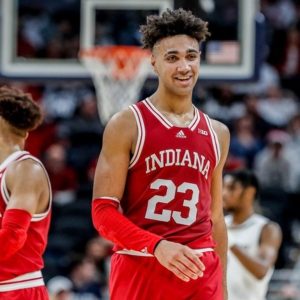
Trayce Jackson Davis courtesy of SI.com
Trayce Jackson-Davis has very similar numbers to Dickinson, averaging 18.3 points per game and 8.3 bounds on almost 59% shooting from the field. These are slightly lower than his numbers from the prior season, but came at a higher efficiency. This resulted in more team success and Indiana was able to sneak into the NCAA tournament through a play-in game.
While expectations are much higher this season, a lot will depend on how Indiana plays with Jackson-Davis and Race Thompson in the post. If Jackson-Davis can extend the range on his jumper, he could arguably be placed as #1 on this ranking, and it could also go a long way toward raising his stock with the NBA. That said, to this point in his college career, it’s held him back.
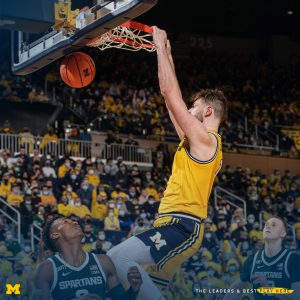
Hunter Dickinson courtesy Michigan Athletics
Coming off a season in which Hunter Dickinson averaged 18.6 points and 8.6 rebounds a game on 53.6% shooting, he will be asked to improve his output per game. Last year, Michigan’s regular season was quite disappointing compared to their pre-season expectations, but they were still able to make their annual appearance in the sweet 16.
Dickinson is a player that’s very good in a lot of areas and doesn’t have any true weaknesses. He can score with both hands around the rim, is solid from midrange and even added a three point jumper last season. But, what really separates him from the rest of the pack is that he’s not a ball stopper. When he feels defenders overplaying him, he quickly diagnoses the defense and finds the open man.
Defensively, he isn’t the quickest defender in space, but due to his high basketball IQ he doesn’t often get pulled out on switches. His rim protection is stout as well, as he averages 1.5 blocks per game.